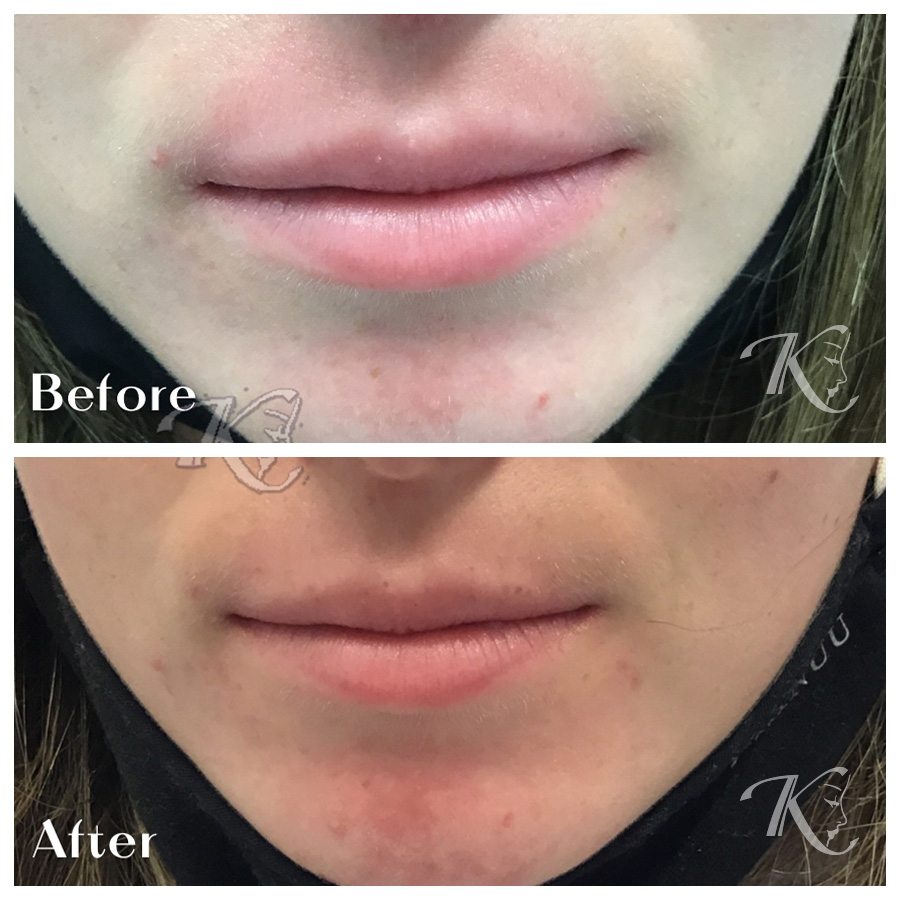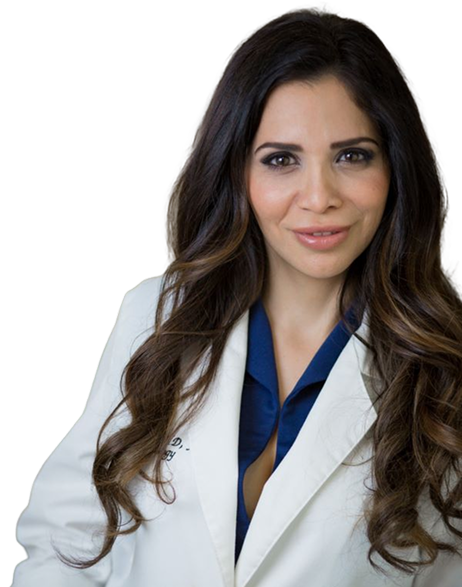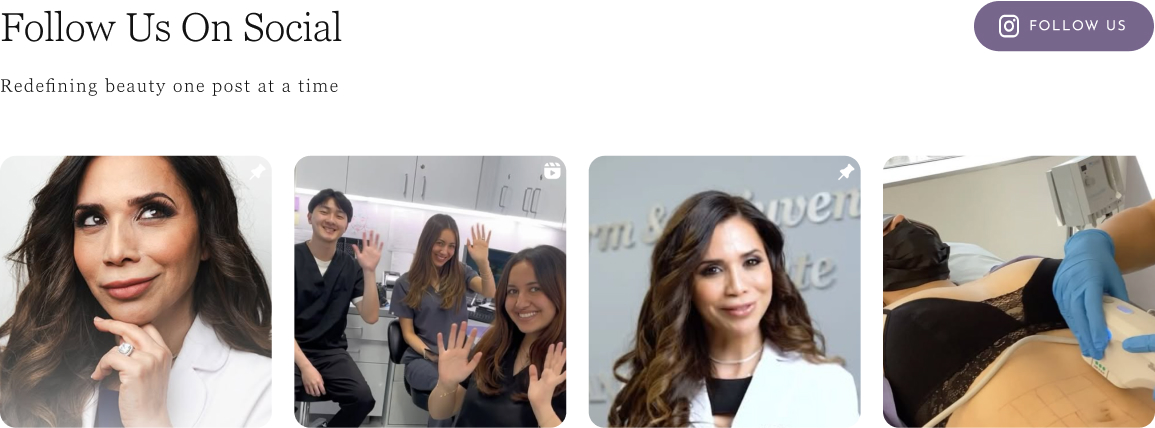Contents
- 1 Watch & Learn
- 2 About Rosacea
- 3 If you are seeking treatment for rosacea, we invite you to schedule a consultation with Dr. Kormeili at our Santa Monica office. Contact us at (310) 526-8301 or send us a completed inquiry form to learn more about our services and take the first step towards achieving clearer, healthier skin.
- 4 Rosacea Subtypes
- 5 Meet Dr. Kormeili
- 6 Treatments for Rosacea
- 7 Candidates for Laser & Light-Based Rosacea Treatment
- 8 Personal Consultation
- 9 Cost of Rosacea Treatment in Santa Monica
- 10 Why Our Patient Are Saying
- 11
Rosacea is a chronic skin condition that affects approximately 10% of the population. (1) It is characterized by facial redness, flushing, bumps and pimples, as well as visible blood vessels. This condition can cause significant distress and impact one’s self-esteem.
Watch to learn more about related hand rejuvenation procedures Rosacea treatment with Vbeam laser in Santa Monica Erase Redness & Rosacea with VBeam Laser!Watch & Learn


Rosacea Before & After Images

Case 18151
At Derm & Rejuvenation Institute, we understand the physical and emotional toll that rosacea can have on individuals. That is why we offer advanced treatment options like VBeam, Intense Pulsed Light (IPL), and chemical peels to effectively manage and reduce the symptoms associated with this condition. Board-certified dermatologist, Dr. Tanya Kormeili, will carefully assess your condition and create a customized treatment plan tailored to your specific needs.
About Rosacea
Rosacea is a complex skin condition that affects millions of individuals worldwide. It is characterized by persistent facial redness, flushing, the presence of small red bumps, visible blood vessels, and in severe cases, a swollen nose. This chronic condition can also cause eye irritation, further impacting a person’s quality of life and self-confidence.
If you are seeking treatment for rosacea, we invite you to schedule a consultation with Dr. Kormeili at our Santa Monica office. Contact us at (310) 526-8301 or send us a completed inquiry form to learn more about our services and take the first step towards achieving clearer, healthier skin.
What Causes Rosacea?
The exact cause of rosacea is still unknown, but it is believed to be influenced by a combination of genetic and environmental factors. Certain triggers, such as sun exposure, spicy foods, alcohol, stress, and temperature changes, can exacerbate the symptoms and lead to flare-ups.
Rosacea Subtypes
There are four main types of rosacea, each with its own distinct characteristics and symptoms.
Erythematotelangiectatic Rosacea
This type of rosacea is characterized by lasting facial redness, flushing, and visible blood vessels (telangiectasia). The skin may also feel sensitive and easily irritated. People with this type may experience a burning or stinging sensation. Erythematotelangiectatic rosacea can be triggered by various factors, such as sun exposure, temperature changes, spicy foods, alcohol, and certain skincare products.
Papulopustular Rosacea
Papulopustular rosacea is often referred to as “acne rosacea” or “adult acne” because it presents with acne-like bumps and pustules. (2) In addition to redness and flushing, individuals with this type may have small, red inflammatory papules and pus-filled lesions on their face. This subtype can cause discomfort, tenderness, and even a sensation of heat in the affected areas. Triggers for papulopustular rosacea include stress, certain medications, hot beverages, and extreme temperatures.
Phymatous Rosacea
Phymatous rosacea is characterized by thickening of the skin, most commonly on the nose (rhinophyma), but it can also affect other areas like the chin, forehead, cheeks, or ears. The skin may become bumpy and develop a rough, irregular texture. Enlarged oil glands and excess tissue can lead to a bulbous or misshapen appearance. Phymatous rosacea is more common in men. Although the exact cause is unknown, it is believed to be associated with long-term untreated rosacea.
Ocular Rosacea
Ocular rosacea affects the eyes and can cause a range of symptoms, including dryness, itching, burning, redness, sensitivity to light (photophobia), and blurred vision. In severe cases, it may lead to complications such as corneal damage or recurrent eye infections. This type of rosacea often occurs in conjunction with one of the other subtypes and requires specialized eye care in addition to dermatological treatment.tment, you will need to take good care of your skin for the best results. Wearing SPF, avoiding sun exposure, and maintaining an effective skincare routine will be important for your recovery.
Meet Dr. Kormeili
The first step in neck rejuvenation is medical evaluation and treatment and designing your individualized plan. Please feel free to contact Dr. Tanya Kormeili’s Santa Monica office if you are concerned about Botox for neck rejuvenation. We serve patients in Santa Monica, Brentwood, Malibu, Culver City, Los Angeles, Beverly Hills, & surrounding areas in California.
See More
Treatments for Rosacea
VBeam
VBeam laser therapy is a non-invasive treatment option designed to target and reduce redness associated with rosacea. This innovative technology delivers precise bursts of light energy to selectively heat and destroy blood vessels that contribute to redness and flushing. By specifically targeting these vessels, VBeam laser therapy helps reduce the appearance of redness, minimize facial flushing, and improve overall skin tone.
One of the significant advantages of VBeam is its non-invasive nature and minimal downtime. The treatment involves minimal discomfort and requires no surgical incisions or extensive recovery periods. You can return to your daily activities shortly after the procedure with little interruption to your routine. Additionally, VBeam offers long-lasting results, allowing you to enjoy the benefits of the treatment for an extended period. While individual experiences may vary, many patients report sustained improvements in their rosacea symptoms after undergoing treatment.
Intense Pulsed Light (IPL)
IPL therapy utilizes advanced technology to target and treat the underlying causes of rosacea. The procedure involves the application of intense pulses of light to the affected areas of the skin. The light energy is absorbed by the blood vessels, causing them to constrict and reduce their appearance. At the same time, the heat generated by the light stimulates collagen production, promoting healthier, more resilient skin.
The effectiveness of IPL for rosacea has been well-documented, with many patients experiencing long-lasting improvements in their symptoms. However, it is important to note that individual results may vary. Dr. Kormeili will assess each patient’s unique condition and customize a treatment plan tailored to their specific needs and goals.
Chemical Peel
A superficial peel can target and improve the appearance of mild rosacea. One of the primary benefits is its ability to reduce inflammation associated with the condition. By gently exfoliating the skin, this treatment helps to calm the redness and irritation commonly experienced by individuals with rosacea.
It is important to note that while a superficial peel can provide significant improvements in reducing facial redness and improving skin texture, it may not completely eliminate all signs of rosacea. However, when combined with other treatment modalities such as topical medications or laser therapy, a superficial peel can be an integral part of a comprehensive approach to managing and minimizing the impact of rosacea on your appearance.
Candidates for Laser & Light-Based Rosacea Treatment
The best candidates for laser and light rosacea therapies are those who have consulted with a board-certified dermatologist like Dr. Tanya Kormeili at Derm & Rejuvenation Institute. It’s important to note that while IPL therapy is generally safe and effective, it may not be suitable for everyone. Individuals with certain medical conditions, such as active infections or a history of skin cancer, may not be ideal candidates for this type of treatment. Dr. Kormeili will thoroughly evaluate your eligibility based on your individual circumstances.
Personal Consultation
During a consultation, Dr. Kormeili will assess your specific condition, review your medical history, and discuss your goals and expectations for treatment. This personalized approach ensures that your rosacea treatment is tailored to your unique needs, maximizing its effectiveness.
In addition to medical treatments, Dr. Kormeili will provide personalized recommendations for your skincare routine. This may involve gentle cleansers, moisturizers, and sunscreens designed to soothe and protect sensitive skin affected by rosacea. Furthermore, lifestyle modifications may be discussed to help you manage your condition effectively. Dr. Kormeili may provide guidance on dietary changes, stress-reduction techniques, and other lifestyle adjustments that can contribute to minimizing rosacea flare-ups.
Cost of Rosacea Treatment in Santa Monica
The cost of treating rosacea will vary depending on the individual and their specific treatment plan. At Derm & Rejuvenation Institute, we believe in providing comprehensive care that addresses all aspects of your skin health. We understand that affordability plays a significant role in your decision-making process, and we are committed to offering cost-effective treatment options for rosacea. Contact us today at (310) 526-8301 or submit a form on our website to start your journey towards healthier, clearer skin.
Familiarize yourself with rosacea treatment and other services by reading the Derm & Rejuvenation Institute blog.
- Are there medications available for rosacea?
- Can children develop rosacea?
- Is there a specific diet for rosacea?
- How can rosacea be effectively managed?
- Can treatments be combined for rosacea?
Dr. Tanya Kormeili is a nationally recognized, board-certified dermatologist and Clinical Professor of Dermatology at UCLA’s David Geffen School of Medicine. With prestigious training and extensive experience in both medical and cosmetic dermatology, she is renowned for her expertise in skin cancer treatment, laser and surgical procedures, and advanced aesthetic care. An accomplished researcher and frequent speaker, Dr. Kormeili has contributed groundbreaking work to dermatology literature and earned numerous international awards for her clinical excellence. Dedicated to educating patients and advancing the field, she combines cutting-edge science with a personalized approach to help every patient achieve healthy, radiant skin.













